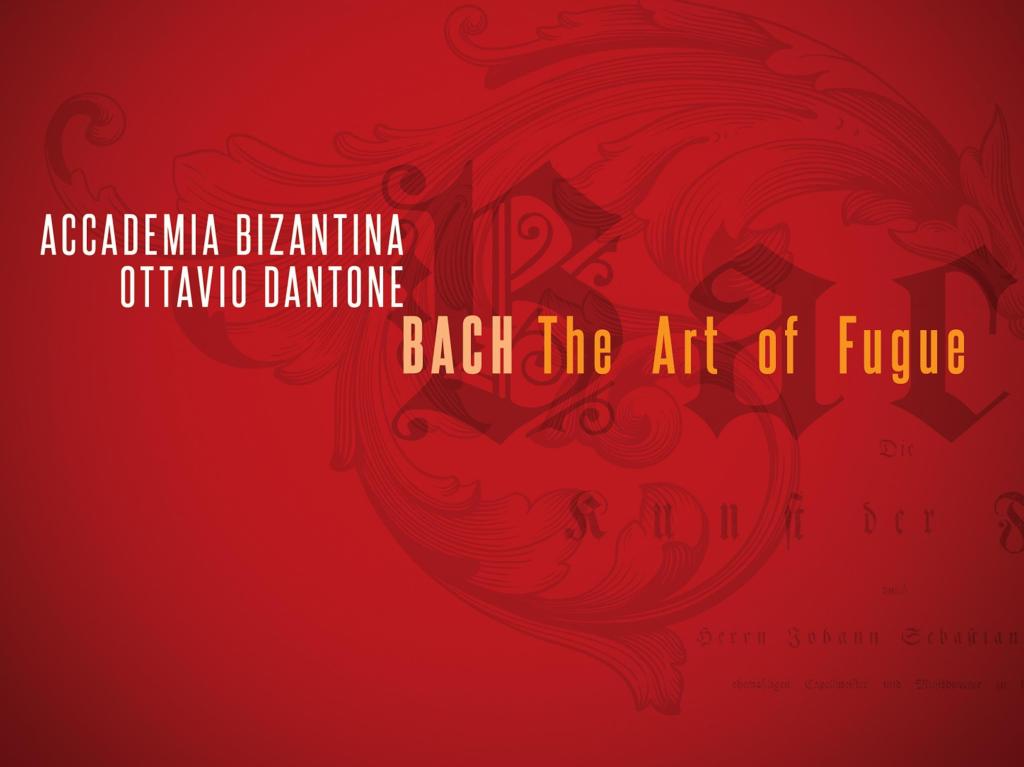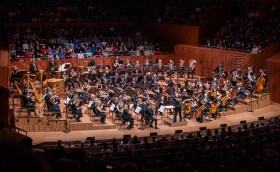Die Kunst der Fuge (‘The Art of Fugue’) is Johann Sebastian Bach’s last composition. Left incomplete in 1750, it is nonetheless a masterpiece representing the composer’s final statement on the art of contrapuntal writing.
The work presents intriguing questions. Firstly, it ends abruptly in the middle of a bar in the 20th movement called Fuga a 3 Soggetti. Bach‘s son, Carl Philipp Emanuel, wrote on the manuscript after this: ‘At the point where the composer introduces the name BACH [for which the English notation would be B flat-A-C-B] in the countersubject to this fugue, the composer died’. A good story, but debatable given that we know Bach had failing eyesight for some time before his death that would have prevented him from composing. Furthermore, both the work’s intended purpose and instrumentation are unknown factors. It was written in open score with no instrumental indications. The late Dutch maestro harpsichordist Gustav Leonhardt argued convincingly that it was intended for solo harpsichord, while acknowledging that some of the music is unplayable on one instrument (this also being the case for Das wohltemperiete Klavier, ‘The Well-tempered Clavier’ composed in 1722). Others have suggested that it was intended for solo organ, or winds, strings or a combination of all four. Recordings have been produced for ensembles of guitars, saxophones, brass, string quartets and even full orchestra. But apart from the question of instrumentation, we may also ask what type of performance was intended for these 20 exquisite miniatures.
I’ve wondered if the work may have served as a number of satisfying abstract exercises from the master musician wishing to leave a final legacy, and that there never was an intended performance or even need for specific instrumentation. Each certainly provides its reassuring effect in re-establishing order to the world.
This Decca recording released today, and recorded in February this year by the excellent Ravenna-based Baroque ensemble Accademia Bizantina directed by harpsichordist Ottavio Dantone, I would suggest presents The Art of Fugue in a new light. The ensemble selected is a combination of instruments: two violins, a viola, cello, organ and harpsichord. Each movement provides instrumental groupings of every kind. Those I found most satisfying were for harpsicord or organ alone, or both playing together in duo. Certainly with one instrument per part there is an appealing transparency and clarity to every bar and an attractive absence of romantic sentimental rhetoric. Instead, a clearly felt respect for the composer’s endless invention, vision and genius is always evident. There is a broad and overriding sense of expansion and contraction within phrases that seem to breathe with life. As on the excellent Haydn Symphony recording, the ensemble has mastered a style of shading away within a phrase from which the next is launched.
The Art of Fugue is divided into seven sections, each of which explore different aspects of counterpoint (the term ‘Contrapunctus’ is used), increasing in complexity as each section progresses. The works written in Stile francese with crisp, dotted rhythms and rich in ornamentation are particularly enjoyable. I do not know another composer who had such a comprehensive understanding of the style without having visited France.
Disappointingly, the date(s) of recording and make of instruments are absent from the liner notes, though judging from the photograph within the booklet and the sound, Dantone plays a harpsichord made after a 17th-century instrument by the Antwerp-based Ruckers family. All the musicians are excellent, with the keyboardists notable for articulation and style, and the cellist an outstanding presence, particularly in the French movements, playing a splendid instrument by the Italian/French maker Andrea Castagneri of 1738 (information gained from the director).
Recommended
4 stars out of 5
Johann Sebastian Bach
The Art of Fugue
Accademia Bizantina
Alessandro Tampieri, violin
Ana Liz Ojeda, violin
Diego Mecca, viola
Mauro Valli, cello
Stefano Demicheli, organ
Ottavio Dantone, harpsichord and director
Released 10 November, 2017
00028948323296





